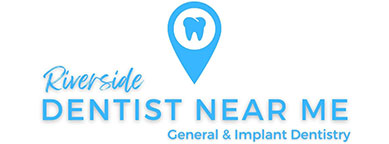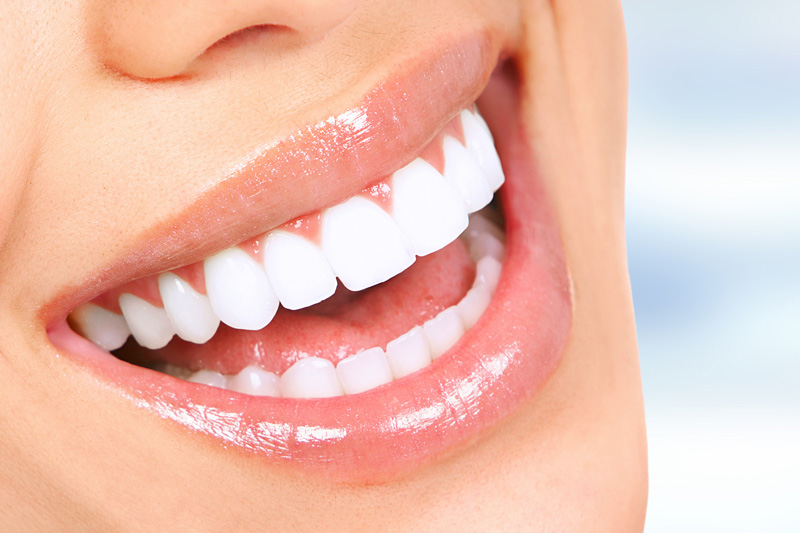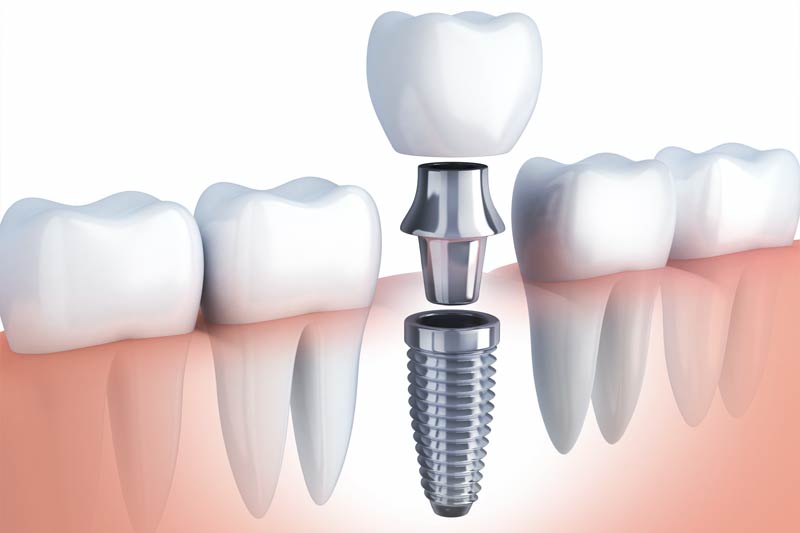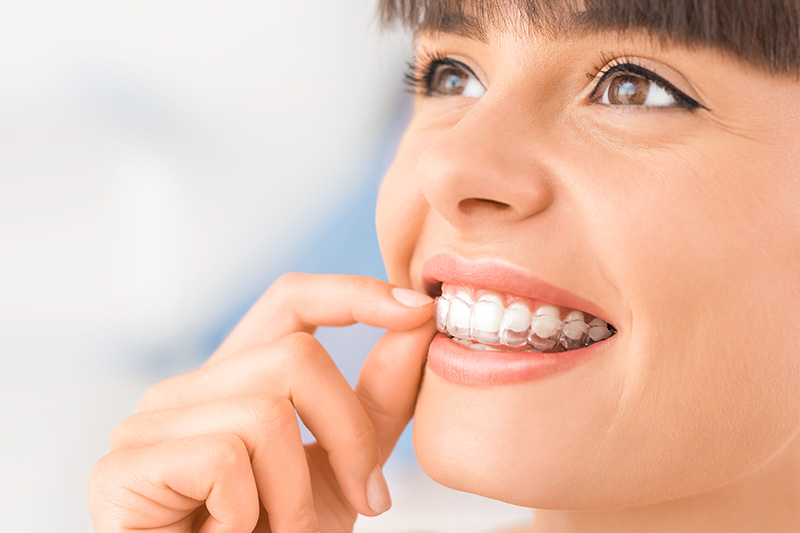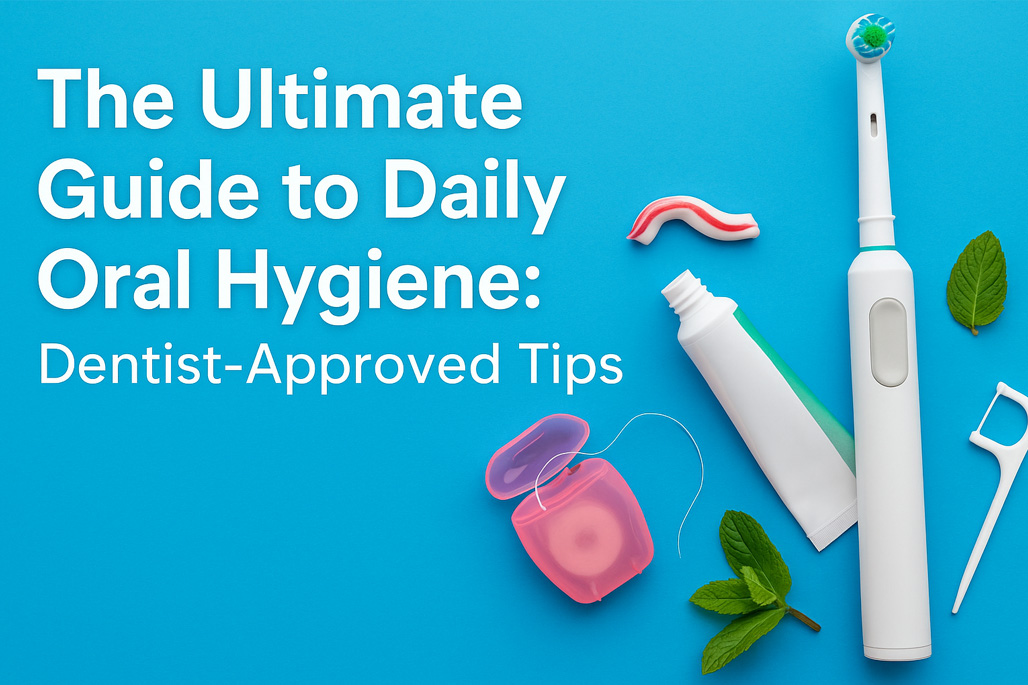
The Ultimate Guide to Daily Oral Hygiene: Dentist-Approved Tips
1. Introduction: Why Daily Oral Hygiene Is Non-Negotiable
Your smile is more than a cosmetic asset—it’s a reflection of your overall health. Daily oral hygiene is the frontline defense against tooth decay, gum disease, and even systemic conditions like heart disease and diabetes. Neglecting your mouth can lead to far-reaching consequences that go beyond cavities. That’s why dentists emphasize consistency, technique, and awareness as critical components of any oral care routine.
2. The Building Blocks of a Healthy Oral Routine
Brushing Techniques: More Than Just a Habit
Dentists recommend brushing your teeth at least twice a day using gentle, circular motions that reach every surface of your teeth—front, back, and chewing surfaces. Angle the brush at 45 degrees toward your gumline to remove plaque without damaging soft tissue. Brush for a full two minutes to ensure complete coverage.
Flossing: The Underrated Hero of Oral Care
Flossing once a day removes food particles and plaque from areas your toothbrush can’t reach. Glide the floss gently between each tooth and curve it around the base to clean below the gumline. Skipping this step can lead to gum inflammation and interdental decay.
Mouthwash: When, Why, and How to Use It
Antibacterial mouthwash can provide an extra layer of protection against germs and plaque. Use it after brushing and flossing—not as a substitute. Choose an alcohol-free formula to avoid drying out your mouth, especially if you suffer from sensitivity.
3. Choosing the Right Tools for Optimal Dental Health
Manual vs. Electric Toothbrushes: What Dentists Recommend
While both types can be effective, electric toothbrushes offer consistent motion and pressure, making them especially useful for people with limited dexterity or poor technique. Look for models with soft bristles and built-in timers.
Selecting Toothpaste That Meets Your Specific Needs
Fluoride toothpaste remains the gold standard, but additional features—like sensitivity relief, whitening, or tartar control—can enhance your routine. Always check for the ADA seal to ensure safety and effectiveness.
Dental Floss Types and When to Use Each
From traditional waxed floss to water flossers and interdental brushes, the right flossing tool depends on your mouth’s layout and your personal comfort. Tight teeth may benefit from waxed floss, while braces may require threaders or picks.
4. Timing Matters: How Often Should You Clean Your Teeth?
Morning vs. Night Brushing
Brushing in the morning eliminates overnight bacterial buildup, while brushing at night removes the day’s accumulation of food and plaque. Skipping nighttime brushing can lead to rapid plaque hardening and decay.
The Importance of Cleaning After Meals
If you snack frequently or consume sugary foods, brushing or at least rinsing your mouth after eating can help reduce acid attacks on your enamel. Wait at least 30 minutes after acidic meals before brushing to prevent enamel erosion.
5. Hydration and Saliva: Natural Defenders of the Mouth
Saliva neutralizes acids, washes away debris, and aids in digestion. Staying hydrated throughout the day ensures a consistent saliva flow, helping to prevent dry mouth, which increases your risk for tooth decay and bad breath.
6. Nutrition and Its Direct Link to Oral Health
Foods That Fortify Your Teeth
Calcium-rich foods like dairy products, leafy greens, and almonds strengthen tooth enamel. Crunchy fruits and vegetables, such as apples and carrots, stimulate saliva and mechanically clean the teeth while you chew.
Foods That Accelerate Decay
Limit sugary snacks, carbonated sodas, and acidic foods like citrus and vinegar. These substances feed harmful bacteria or erode enamel, creating a favorable environment for decay and gum disease.
7. Bad Habits to Break for a Healthier Smile
Nail Biting, Smoking, and Teeth Grinding
These habits can chip enamel, cause gum recession, and exacerbate sensitivity. Smoking, in particular, stains teeth and drastically increases your risk of oral cancer and periodontal disease.
Misusing Teeth as Tools
Using your teeth to open bottles, rip packaging, or hold objects can cause microfractures that weaken enamel over time. Stick to using teeth for chewing only.
8. Recognizing Early Signs of Dental Trouble
Warning Symptoms You Shouldn’t Ignore
Bleeding gums, persistent bad breath, tooth sensitivity, and discoloration may signal underlying issues such as gingivitis or cavities. Early intervention is key to avoiding costly and invasive procedures.
When to See a Dentist
Schedule a dental visit at the first sign of discomfort or abnormality. Don’t wait until pain sets in—proactive care can prevent major dental emergencies.
9. How Regular Dental Visits Enhance Daily Oral Hygiene
Even the most meticulous oral hygiene routine can’t replace professional cleanings and evaluations. Dentists use specialized tools to remove hardened tartar, assess gum health, and identify problems before they worsen. Aim for a dental checkup every six months.
10. Tailoring Oral Care to Different Life Stages
Kids, Teens, Adults, and Seniors
Children need guidance and fluoride treatments. Teens may need orthodontic care and cavity prevention strategies. Adults should focus on maintenance and stain prevention. Seniors often deal with dry mouth, root exposure, or dentures, requiring adjusted care plans.
11. The Role of Oral Hygiene in Overall Health
Oral health is intricately linked to systemic well-being. Poor oral hygiene has been associated with heart disease, respiratory infections, diabetes, and adverse pregnancy outcomes. A healthy mouth is often a sign of a healthy body.
12. Conclusion: Elevate Your Routine for a Lifetime of Smiles
Your mouth is the gateway to your body—and a mirror to your health. With consistent daily care, informed product choices, and regular dental checkups, you can protect your teeth and gums for life. Don’t wait for a problem to arise—start upgrading your daily oral hygiene routine today, and let your smile speak volumes.
